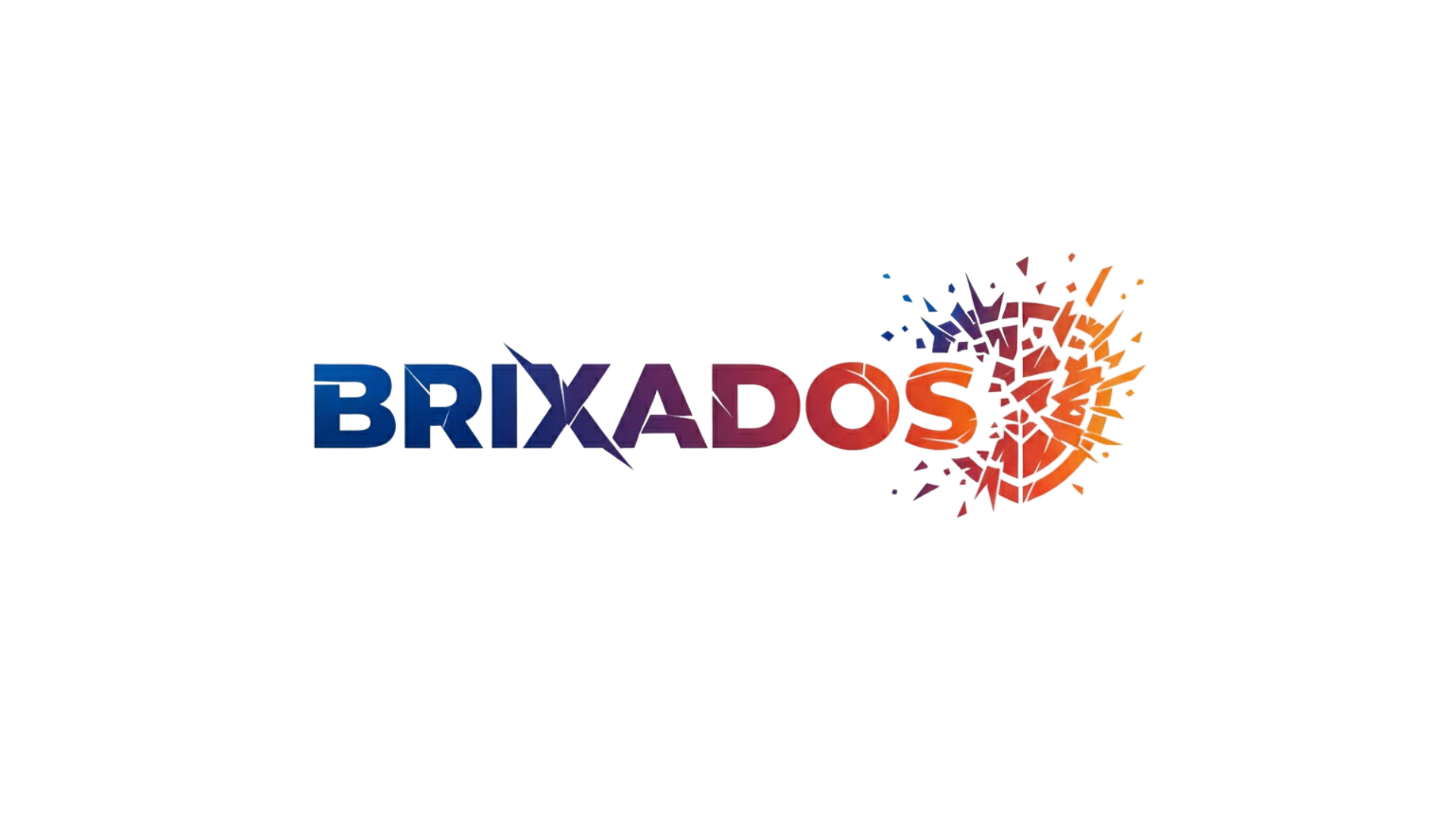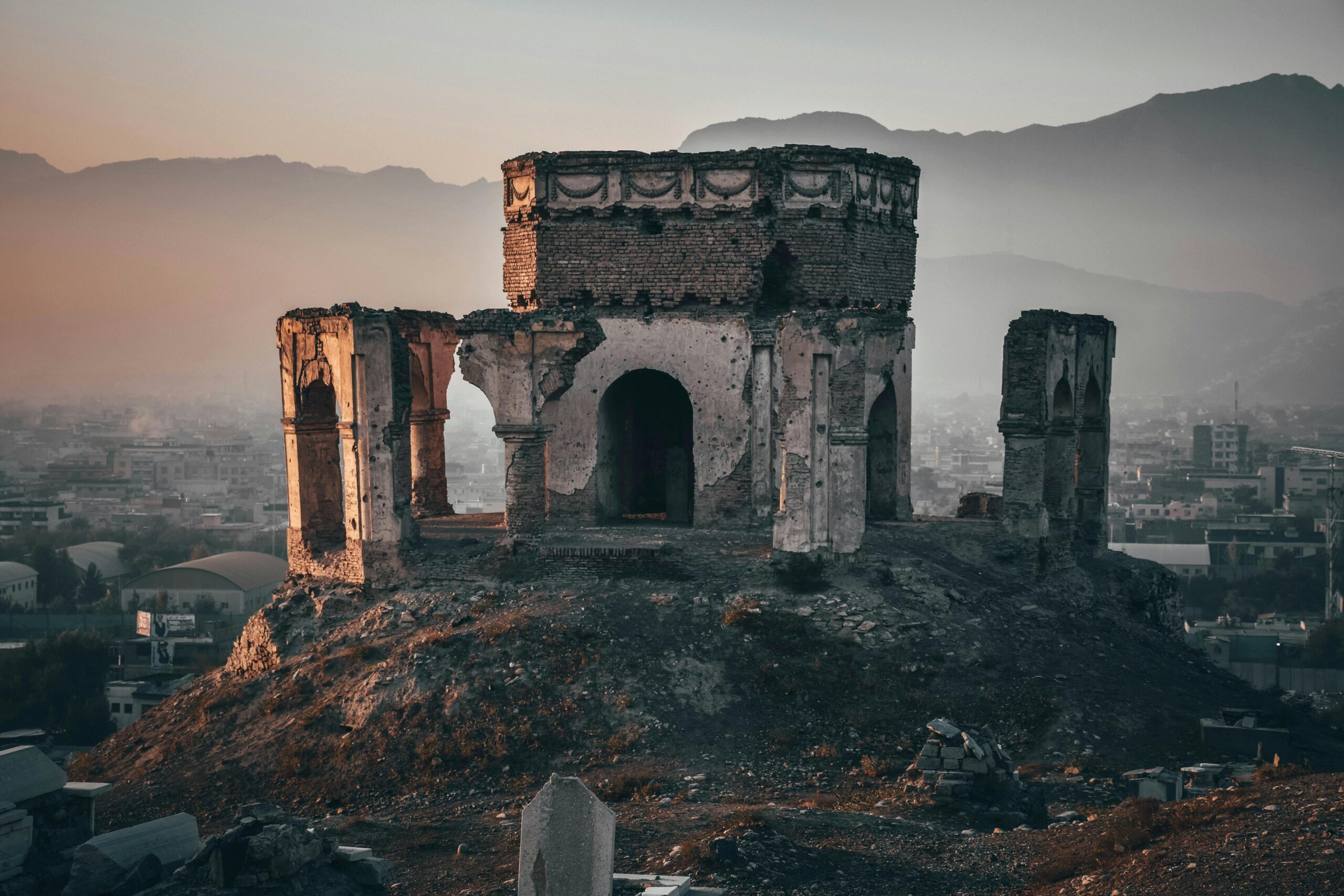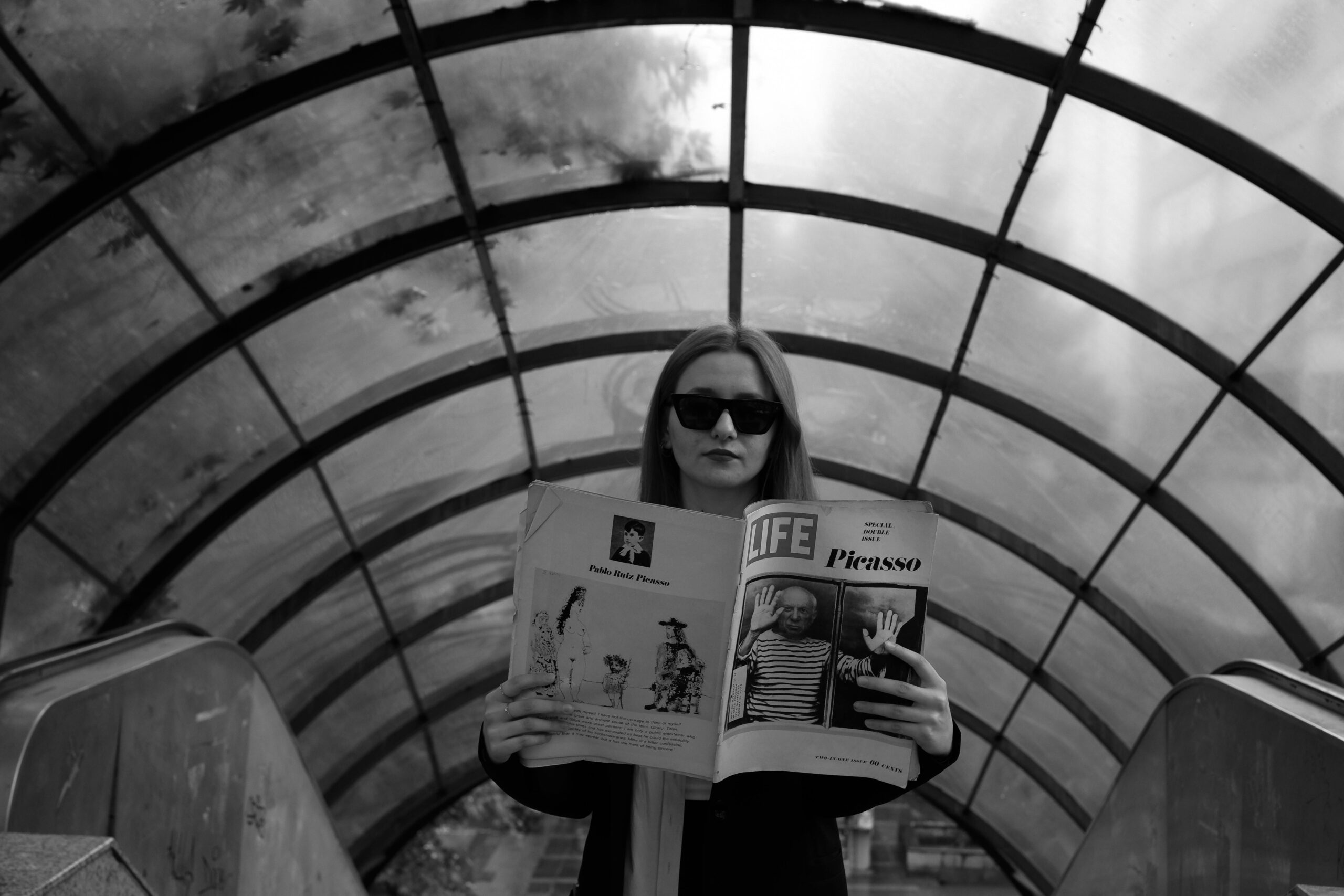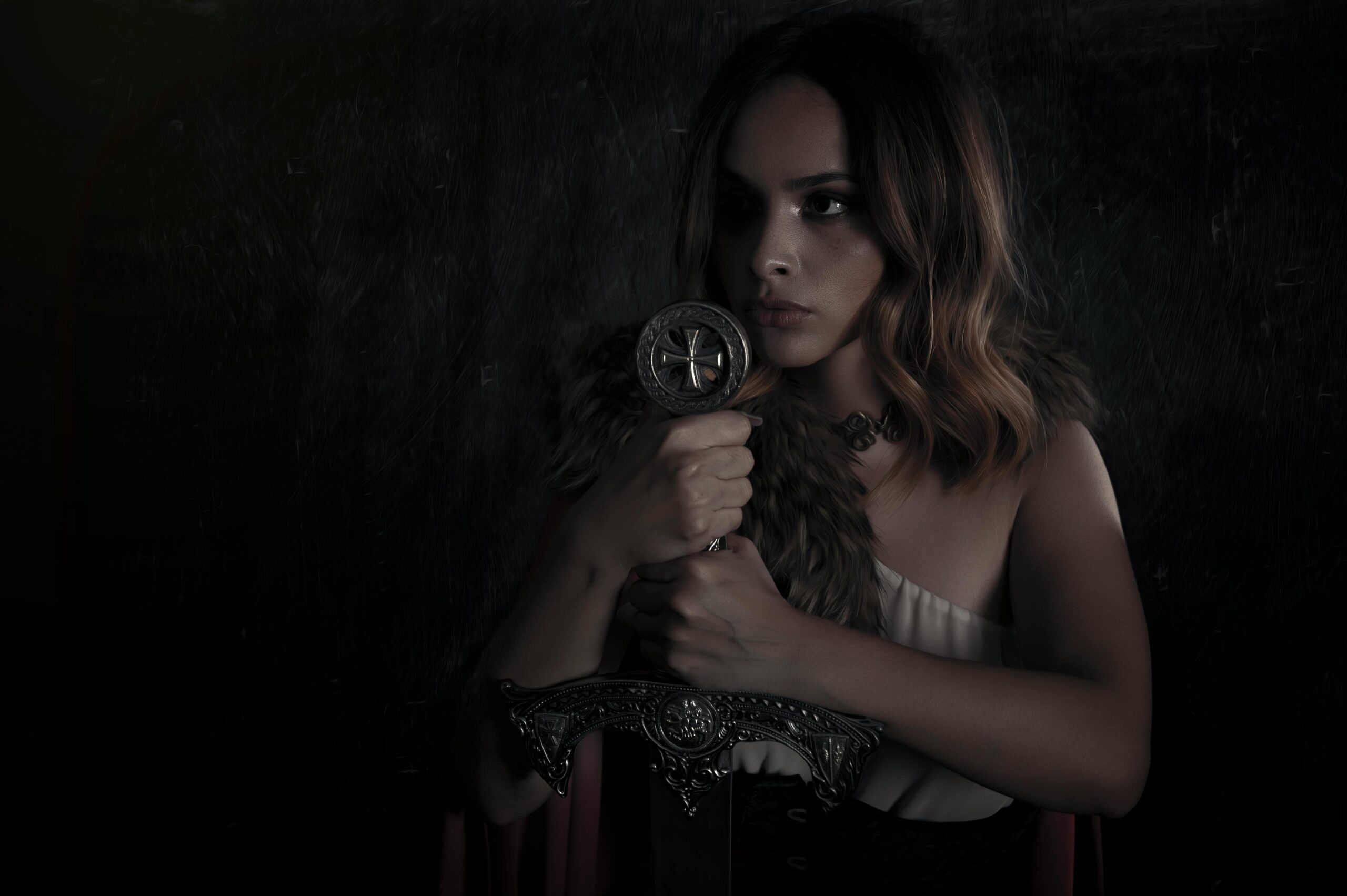The sacred feminine has shaped civilizations for millennia, embodying wisdom, power, and transformation through mythological goddesses who continue to influence modern culture.
🌙 The Eternal Presence of the Divine Feminine
Throughout human history, goddesses have represented the multifaceted nature of existence itself. From the fertile crescents of ancient Mesopotamia to the philosophical temples of Greece, from the mystical rituals of Egypt to the spiritual practices of India, the sacred feminine has been a cornerstone of human spirituality and cultural identity. These divine figures weren’t merely religious symbols; they embodied the hopes, fears, aspirations, and wisdom of entire civilizations.
The power of mythological goddesses extends far beyond ancient texts and crumbling temples. Their influence permeates contemporary society in ways both obvious and subtle, shaping our understanding of femininity, power, creativity, and the natural world. Today, as humanity grapples with questions of gender equality, environmental consciousness, and spiritual fulfillment, the ancient wisdom of goddess traditions offers profound insights for modern challenges.
The Primordial Mothers: Creation and Cosmic Power
In the earliest human societies, the divine feminine was often synonymous with creation itself. The Great Mother goddess archetype appears across virtually every ancient culture, representing the generative force of the universe. These primordial goddesses weren’t gentle nurturers alone; they embodied the fierce, untamed power of nature in all its creative and destructive glory.
The Sumerian goddess Nammu, considered one of the oldest deities in recorded history, was believed to have given birth to the cosmos itself. In Hindu tradition, Shakti represents the dynamic feminine energy that animates all existence, while her male counterpart Shiva remains inert without her activating force. This philosophical concept revolutionized spiritual understanding by positioning feminine energy as the fundamental catalyst of all creation and transformation.
Egyptian mythology presents Nut, the sky goddess whose body arches over the earth, swallowing the sun each evening and birthing it anew each dawn. This powerful imagery positioned the feminine as the container and sustainer of cosmic cycles, the endless rhythm of death and rebirth that governs all existence.
Cultural Impact of Creation Goddesses
These primordial feminine figures profoundly influenced how ancient societies understood their place in the cosmos. Matrilineal descent systems, common in many early agricultural societies, reflected the belief that life flowed through the feminine line. Archaeological evidence from sites like Çatalhöyük in modern-day Turkey reveals shrines dedicated to mother goddesses dating back nearly 9,000 years, suggesting these beliefs shaped social structures long before written history.
⚔️ Warrior Goddesses: Redefining Feminine Strength
The sacred feminine encompassed far more than nurturing and creation. Warrior goddesses challenged and expanded definitions of feminine power, demonstrating that strength, courage, and martial prowess were equally divine feminine attributes.
Athena, the Greek goddess of wisdom and strategic warfare, emerged fully armed from Zeus’s head, symbolizing intellectual and martial power combined. Unlike Ares, who represented chaotic bloodlust, Athena embodied disciplined, intelligent warfare—suggesting that feminine strength operated through wisdom rather than mere aggression. Her patronage of Athens and influence on Greek philosophy, arts, and politics made her one of the most culturally significant deities of the classical world.
The Hindu goddess Durga presents an even more formidable warrior archetype. Created by the collective energy of male gods who could not defeat the demon Mahishasura, Durga succeeded where they failed, wielding weapons in her multiple arms while riding a tiger. This mythology explicitly positioned feminine power as superior to masculine force, capable of defeating evil that overwhelmed male deities.
In Norse mythology, the Valkyries chose which warriors would die in battle and conducted them to Valhalla. These powerful feminine figures literally decided the fate of warriors, holding power over life, death, and honor—the most valued aspects of Viking culture.
Modern Resonance of Warrior Goddesses
Contemporary feminist movements frequently invoke warrior goddess imagery to challenge traditional gender roles. The reclamation of figures like Athena, Durga, and the Amazons provides powerful archetypes for women seeking to embody strength without sacrificing femininity. Popular culture reflects this continuing influence, with warrior women protagonists in films, literature, and video games often deliberately echoing ancient goddess mythology.
🌾 Goddesses of Fertility and Abundance
Agriculture transformed human civilization, and goddesses presiding over fertility, harvest, and abundance occupied central positions in most pantheons. These deities governed not only human reproduction but the fertility of fields, animals, and all natural cycles essential for survival.
Demeter, the Greek goddess of harvest, exemplifies this archetype through the myth of her daughter Persephone’s abduction by Hades. Demeter’s grief caused the earth to become barren, creating winter—a powerful metaphor linking feminine emotional states with natural cycles. The Eleusinian Mysteries, secret religious rites centered on Demeter and Persephone, were among the most important spiritual practices in ancient Greece, lasting nearly two thousand years.
Isis, the Egyptian goddess of magic and motherhood, became one of the most widely worshipped deities in the ancient world. Her cult spread throughout the Roman Empire, offering a compassionate mother goddess figure that appealed across cultural boundaries. The iconic image of Isis nursing her son Horus directly influenced early Christian iconography of Mary and Jesus, demonstrating how goddess imagery transcends religious boundaries.
In Mesopotamian tradition, Inanna (later known as Ishtar) represented love, beauty, sex, war, and political power—an extraordinary combination that defied simplistic categorization. Her descent into the underworld and triumphant return symbolized seasonal cycles but also transformation through confronting darkness and death.
The Dark Goddesses: Embracing Shadow and Transformation 🦉
Not all goddesses embodied light, nurturing, or benevolence. Dark goddesses represented destruction, death, sexuality, and the shadow aspects of existence that ancient cultures recognized as equally sacred. These figures remind us that the feminine divine encompasses all aspects of existence, not merely those deemed socially acceptable.
Kali, the Hindu goddess of time, death, and transformation, dances upon corpses with a necklace of skulls and a belt of severed arms. Far from being purely malevolent, Kali represents the necessary destruction that precedes renewal, the death of ego that enables spiritual awakening. Her fierce form challenges practitioners to confront mortality and impermanence.
The Greek goddess Hecate governed crossroads, magic, necromancy, and the moon’s dark phase. Often depicted with three faces seeing past, present, and future simultaneously, Hecate embodied liminal spaces—thresholds between known and unknown, life and death, mundane and magical. Her worship involved nighttime rituals and offerings at crossroads, acknowledging forces beyond conventional social boundaries.
The Celtic Morrigan, appearing as a crow or raven, presided over battle, fate, and death. She washed the armor of warriors doomed to die, her prophecies shaping the outcome of conflicts. Her triple nature (sometimes appearing as three sisters) connected her to sovereignty, war, and transformation.
Psychological Integration of Shadow Feminine
Modern psychology, particularly Jungian analysis, recognizes the importance of integrating shadow aspects rather than repressing them. Dark goddesses provide archetypes for this integration, offering permission to acknowledge anger, sexuality, grief, and destructive impulses as natural parts of the psyche. The current resurgence of interest in these figures reflects growing cultural awareness that wholeness requires embracing all aspects of self.
💫 Wisdom Goddesses: Keepers of Sacred Knowledge
Many goddesses served as patrons of wisdom, arts, science, and intellectual pursuits, challenging modern stereotypes that associate femininity primarily with emotion rather than intellect.
Saraswati, the Hindu goddess of knowledge, music, arts, and wisdom, is invoked by students, scholars, and artists seeking inspiration and clarity. Her association with flowing water symbolizes the fluid, creative nature of knowledge and expression. Educational institutions across South Asia feature her images, and Saraswati Puja remains an important festival celebrating learning.
The Egyptian goddess Seshat served as divine librarian and record-keeper, documenting the pharaoh’s deeds and measuring temple dimensions. She personified mathematics, astronomy, architecture, and written language—the foundations of Egyptian civilization’s remarkable achievements.
Brigid, the Celtic goddess later syncretized with Saint Brigid of Ireland, presided over poetry, smithcraft, healing, and sacred flames. Her association with liminal times like dawn and spring connected wisdom with transitions and new beginnings. The perpetual flame maintained by priestesses at her sanctuary in Kildare represented the eternal light of knowledge and inspiration.
🌊 Goddesses and Environmental Consciousness
As contemporary society confronts environmental crisis, ancient goddess traditions offer profound ecological wisdom. Many goddesses personified natural forces—rivers, mountains, forests, oceans—sacred entities deserving respect rather than resources for exploitation.
The Yoruba goddess Oshun governs fresh waters, beauty, love, and prosperity. In Yoruba tradition, maintaining healthy relationships with such deities through proper rituals and respect ensures ecological balance. When Oshun’s waters are polluted or depleted, consequences extend beyond physical environmental damage to spiritual and social disharmony.
Pachamama, the Andean earth mother goddess, remains central to indigenous South American cosmology and contemporary environmental movements. Viewing the earth as a living goddess rather than inert matter fundamentally transforms human relationship with nature, suggesting stewardship rather than domination.
Japanese Shinto tradition includes numerous kami (spirits) associated with natural features, many feminine in character. Mount Fuji itself is considered the body of the goddess Konohanasakuya-hime. This perception sacralized the landscape, discouraging exploitation and encouraging preservation.
The Sacred Feminine in Religious Evolution
The transition from goddess-centered religions to predominantly male deity worship marks one of history’s most significant spiritual shifts. Understanding this transformation illuminates current religious landscapes and contemporary movements reclaiming feminine divine imagery.
Archaeological and textual evidence suggests that many early agricultural societies featured goddess worship prominently, if not exclusively. The gradual rise of patriarchal warrior cultures, often pastoral and nomadic, corresponded with increasing emphasis on male sky gods and declining goddess status. This shift wasn’t merely religious but reflected changing social structures, property relations, and power dynamics.
However, the sacred feminine persisted even within officially patriarchal religions. The Christian veneration of Mary, while technically distinct from goddess worship, clearly fulfills similar psychological and spiritual needs. Mary’s titles—Queen of Heaven, Mother of God, Star of the Sea—directly echo earlier goddess epithets. Apparition sites like Lourdes and Fatima draw millions of pilgrims seeking the compassionate feminine divine presence.
Contemporary Goddess Spirituality
The late twentieth century witnessed remarkable resurgence in goddess spirituality, connecting feminist movements, neo-pagan practices, and ecological consciousness. This revival doesn’t simply resurrect ancient practices but reinterprets goddess mythology through contemporary lenses, addressing modern spiritual and social needs.
Wicca and other neo-pagan traditions center the Goddess (often alongside the God) as primary divine force. The women’s spirituality movement explores goddess archetypes as tools for personal empowerment, healing, and reclaiming feminine authority devalued by patriarchal structures.
🎨 Artistic and Cultural Legacy
Goddess imagery has inspired countless artistic masterpieces throughout history. From Paleolithic Venus figurines to Renaissance Madonnas to contemporary feminist art, the sacred feminine provides endlessly fertile creative ground.
The Venus of Willendorf, carved approximately 30,000 years ago, exemplifies early goddess representation with exaggerated feminine features suggesting fertility and abundance. Classical Greek sculpture produced iconic images of Athena, Aphrodite, and Artemis that established Western beauty standards for millennia.
Renaissance artists frequently depicted pagan goddesses alongside Christian subjects, maintaining classical traditions while nominally serving Christian patrons. Botticelli’s “Birth of Venus” remains one of the most recognized images in Western art, celebrating feminine beauty through mythological framework.
Contemporary artists continue engaging goddess themes, often challenging traditional representations. Judy Chicago’s “The Dinner Party” celebrates goddesses and influential women through collaborative installation art. Kara Walker, Wangechi Mutu, and other contemporary artists explore feminine power, spirituality, and resistance through varied cultural lenses.
Psychological Archetypes and Personal Transformation
Beyond historical and cultural influence, goddess archetypes offer powerful tools for psychological understanding and personal development. Jean Shinoda Bolen’s influential work identifies goddess archetypes operating within individual psyches, suggesting that understanding these patterns enables greater self-awareness and integration.
The Aphrodite archetype embodies creativity, beauty, sexuality, and relationship. The Artemis pattern emphasizes independence, nature connection, and fierce self-sufficiency. The Hera archetype focuses on partnership, commitment, and relational identity. Recognizing which patterns dominate one’s psyche—and which remain underdeveloped—facilitates more conscious, balanced living.
This psychological approach doesn’t require literal belief in goddesses as external entities. Instead, it treats goddess mythology as encoded wisdom about human nature, preserved across millennia and remaining relevant for contemporary self-understanding.
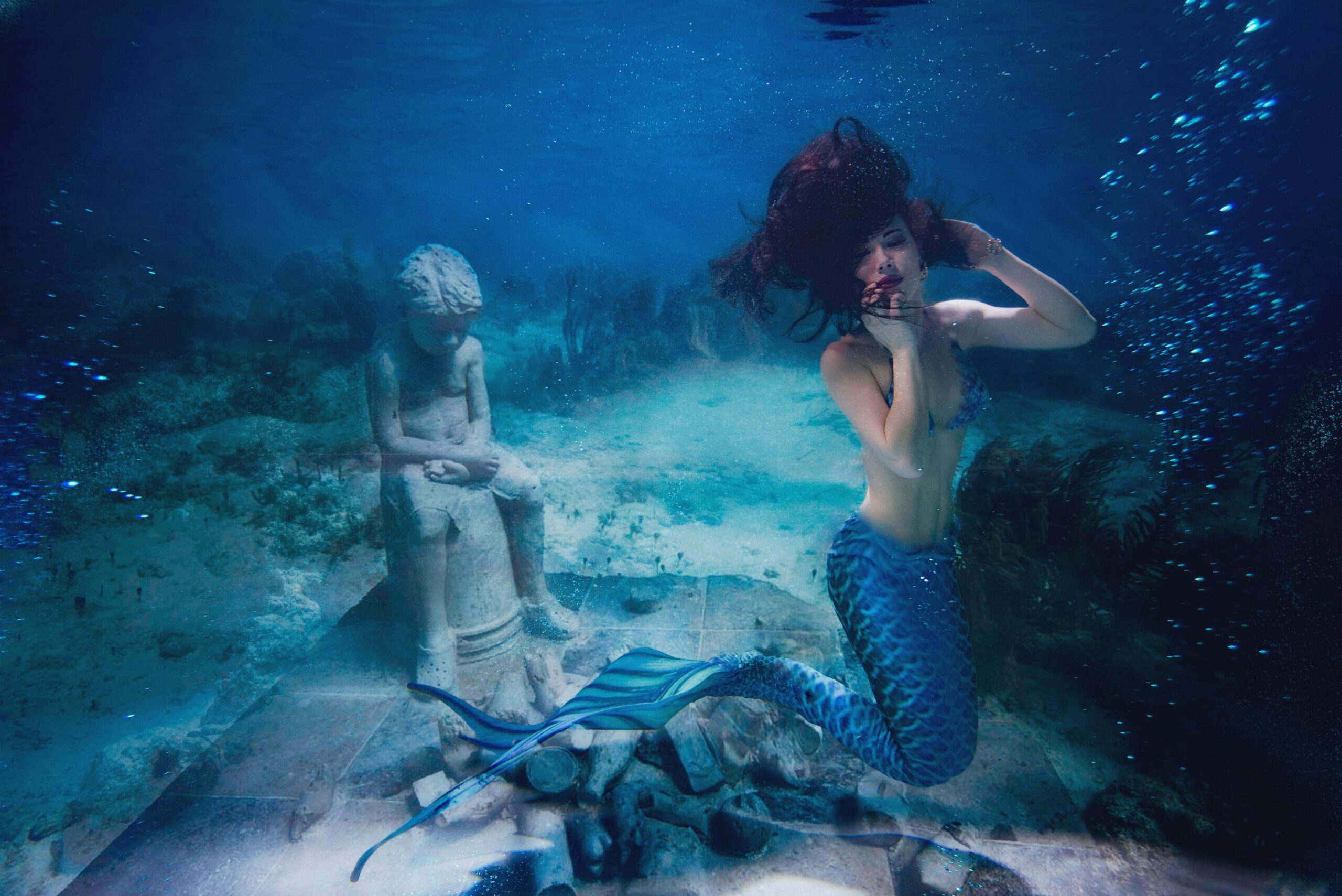
🌟 Reclaiming Sacred Feminine Power Today
The enduring influence of mythological goddesses demonstrates humanity’s persistent need for feminine divine imagery. As contemporary society grapples with gender equality, environmental crisis, and spiritual disconnection, ancient goddess wisdom offers valuable perspectives.
Goddess traditions remind us that power takes multiple forms—creative, nurturing, intellectual, martial, transformative. They demonstrate that femininity encompasses vast ranges of expression, from gentle compassion to fierce destruction, from erotic celebration to ascetic discipline. This multiplicity challenges restrictive gender stereotypes limiting both women and men.
The sacred feminine also models integration rather than hierarchy. Many goddess traditions emphasize cycles, relationships, and interconnection rather than linear progress and domination. This worldview offers alternatives to competitive, exploitative frameworks driving social and environmental damage.
Reclaiming goddess wisdom doesn’t require rejecting contemporary life or adopting ancient practices wholesale. Instead, it invites thoughtful engagement with timeless archetypes, exploring how these powerful symbols might inform more balanced, integrated, sustainable ways of being in the modern world.
The goddesses haven’t disappeared; they persist in collective memory, artistic imagination, psychological patterns, and spiritual longings. Their stories continue resonating because they speak to fundamental human experiences and needs transcending any particular era. By exploring mythological goddesses with open minds and hearts, we access profound wisdom about power, creativity, transformation, and the sacred dimensions of existence itself.
Toni Santos is a myth-psychology researcher and narrative writer exploring how archetypes, symbols and human story converge to shape mind, culture and meaning. Through his studies on the collective unconscious, comparative mythology and symbolic dream interpretation, Toni examines how the myths we tell reflect the patterns we live — and how awareness of these patterns can spark transformation. Passionate about hero’s journeys, mythic motifs and dream-language, Toni focuses on how story acts as both mirror and map for inner depth and growth. His work highlights the bridges between myth, psyche and culture — guiding readers toward a deeper encounter with themselves and the stories they carry. Blending psychology, mythology and narrative theory, Toni writes about the hidden architecture of meaning — helping readers understand how symbols, stories and dreams shape experience and identity. His work is a tribute to: The power of myth to reveal the unseen structures of psyche The journey from archetype to individual lived story The art of dream-language as a path to wholeness Whether you are a storyteller, psychologist or traveller in the inner landscape, Toni Santos invites you to explore the mythic dimension of mind — one symbol, one myth, one insight at a time.
